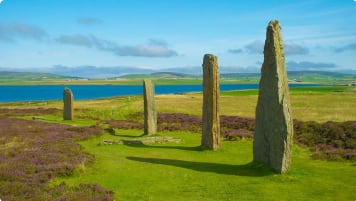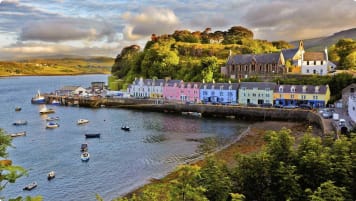Six Short Walks through Britain
Six Short Walks through Britain Britain is renowned for its walking trails, and many world travellers choose to roam its green, rolling lands. How better to get a sense of its dramatic landscapes? From granite…
21 Sep 18 · 3 mins read
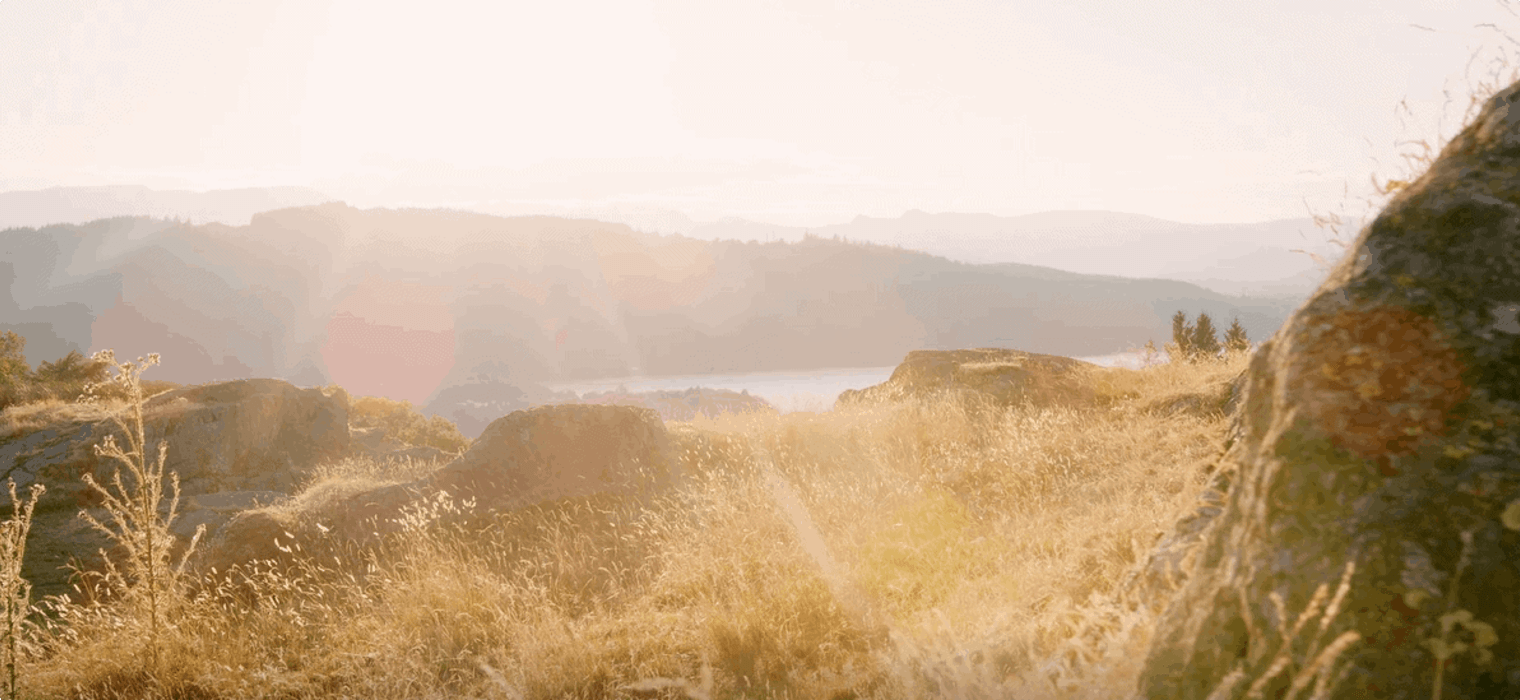
Six Short Walks through Britain
Britain is renowned for its walking trails, and many world travellers choose to roam its green, rolling lands. How better to get a sense of its dramatic landscapes? From granite clifftops to verdant countryside, and through the tunnels and bridges that tell of our human history. On a walk of Britain, you can smell the fresh air that drifts across the moors, taste the salt spray at its rugged coastline and feel the breeze (and sun, if you’re lucky!) on your skin. Walking activates our endorphins, and there is no better way to feel a sense of connection to the land.
There is plenty you can do to prepare for walking tours. Clothing and shoes must be suitable, and a level of fitness will make things much more enjoyable. Of course, you don’t always have to commit to a long trek in order to experience wandering Britain. Sometimes, a short walk can step you back through time, taking in historic castles or relics from the Industrial Revolution, in the footsteps of past poets and famous novelists, and on ancient tracks that feel as though they were inscribed into the earth. Read on for a collection of some of our favourite short walks – we hope you will find inspiration for your next trip to Britain.
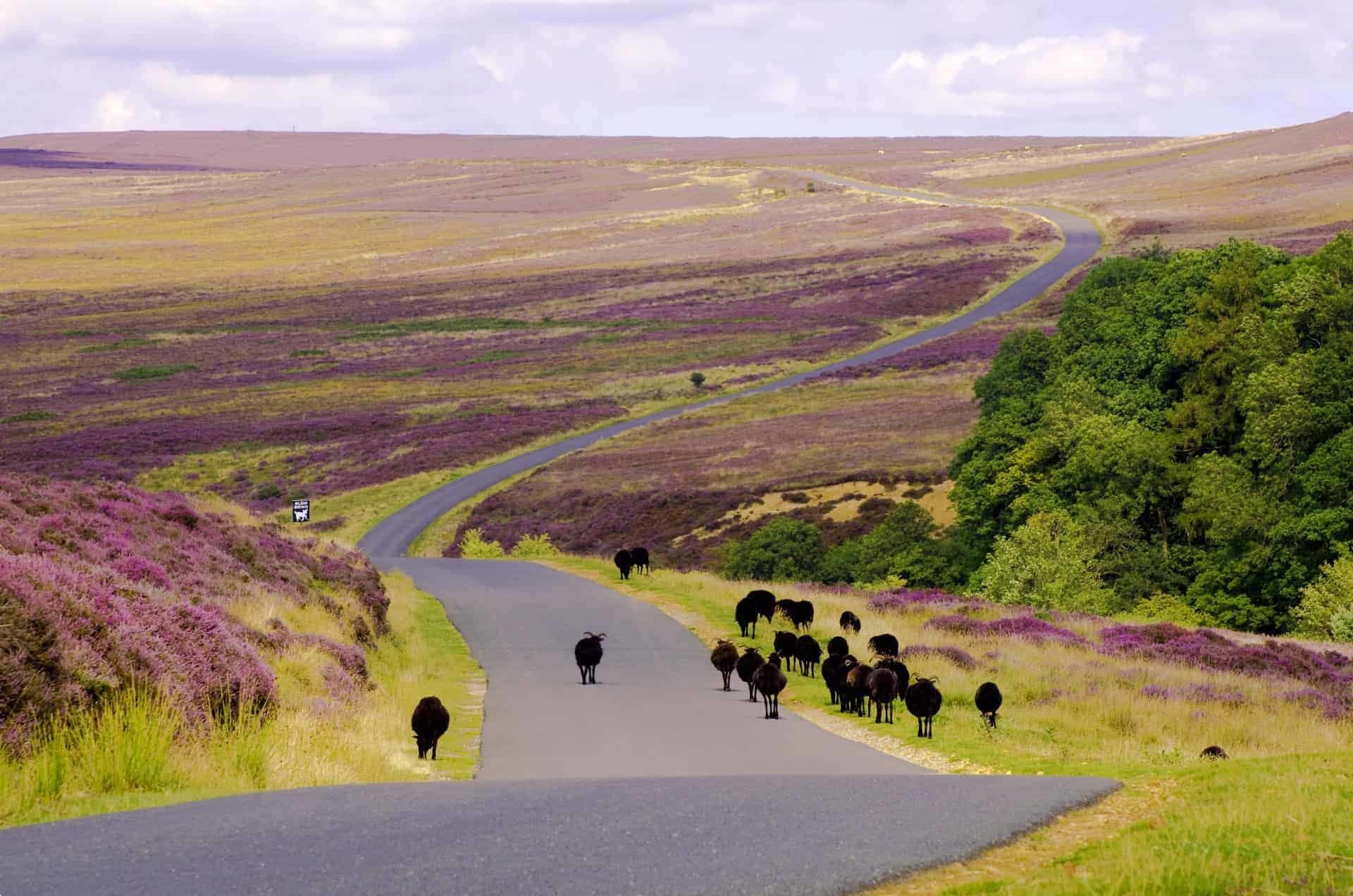
The Tolkien Trail: Ribble Valley
The author J. R. R. Tolkien created a mythic landscape that continues to capture the imagination of his readers decades after his death. “Middle Earth” is the setting of the beloved Lord of the Rings trilogy, and several areas in the United Kingdom claim to have inspired its evocative depiction. Among the strongest claims is that of Ribble Valley in Lancashire, England. It is believed that Tolkien regularly stayed there in Stonyhurst College, while working on Lord of The Rings during the Second World War. The natural landscapes of the Ribble Valley are often compared to the descriptions of Middle Earth. Some note similarities between the names of local landmarks and the titles used in Tolkien’s works. A pleasant, circular 9km walk invites you to see for yourself. It commences in Hurst Green where Shire Lane is situated – noted for its resemblance to the home of the Hobbits, “The Shire”.
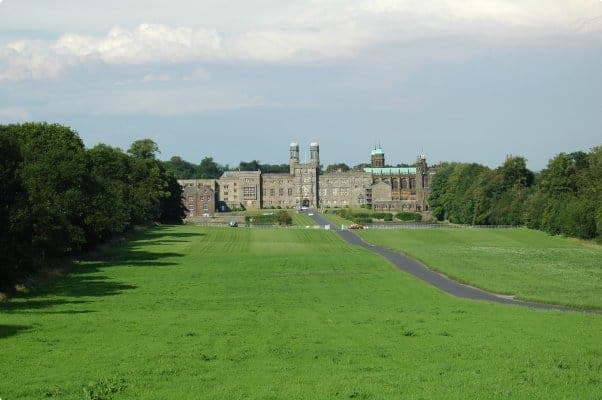
Walk in the footsteps of Tolkien as the trail heads north for 500-year-old Stonyhurst College, where Tolkien’s son received his education and Arthur Conan Doyle is among its alumni. The path then takes you hard right across a field, through a series of kissing gates, until you begin to ascend a gentle hill with Fox Fall Wood to your left. From this vantage point, you can access magnificent views of the College and surrounding countryside. The distinctive profile of Pendle Hill is a highlight: in the 17th century, it was home to the twelve accused Pendle Witches – one of the most famous witch trials in English history. From here, you will also pass St Mary’s Hall, a former seminary, and Clitheroe Castle – a ruined, early medieval structure that once served as a jail where Henry VI may have been briefly held.
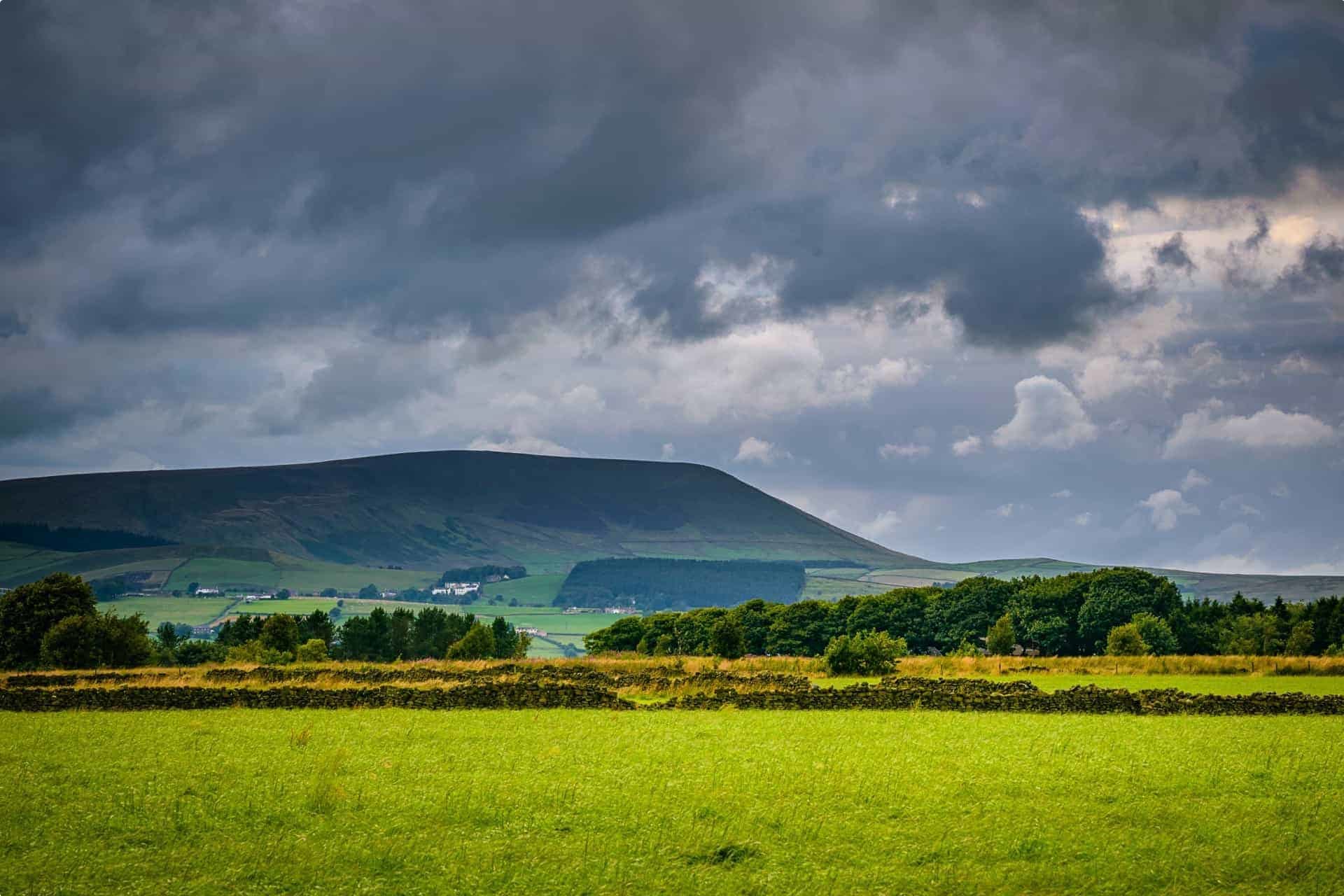
Continue along the path and you will soon cross a couple of bridges over a stream by the River Hodder. The track meets Lower Hodder Bridge, from which you can pause to admire Cromwell’s Bridge a little downstream. This quaint, disused bridge earned its name from Oliver Cromwell, who crossed it with his troops bound for the Battle of Preston in 1648.
Soon enough, you pass through Winckley Hall Farm, and continue onto where the Hodder joins the River Ribble. Next, the Ribble is met by the River Calder, and at their confluence, stately Hacking Hall will come into relief. During Tolkien’s lifetime, this heritage listed, early 17th century house was serviced by a ferry. This ferry is thought to have inspired the fictional Buckleberry Ferry over the Brandywine River in Lord of the Rings. The track eventually returns you to your starting point in Hurst Green, conveniently close to the Shireburn Arms Hotel. By this point, you have earned yourself a cold drink!

Poets' Walks: Gloucestershire
The Gloucestershire village of Dymock played a key role in the lives of the so-called Dymock poets. Robert Frost, Edward Thomas, Wilfrid Gibson, Rupert Brooke, Lascelles Abercrombie and John Drinkwater were among a coterie of the so-called Georgian poets (named for the reign of King George V). Though the least-known of the group, Abercrombie was especially instrumental to their interactions, many based around his home of The Gallows near Dymock in pretty Gloucestershire.
In his time, Abercrombie was a revered poet, whose work demonstrated the developing movement of realism in writing. Literary realism was committed to representing the banalities and sometimes brutalities of real life, and was a reaction to the Romantic stylization of the 18th to 19th centuries. Abercrombie was born in Cheshire and attended University in Manchester, before taking a job in bustling Liverpool. But he entertained dreams of moving to the countryside, and convinced his wife-to-be that they were people who “belonged to the earth”. In 1911, they settled in a large cottage called The Gallows at Ryton, close to Dymock. And their home would soon become a kind of salon, frequently hosting other writers on visits from the cities and abroad.

From Dymock, Abercrombie self-published The Sale of Saint Thomas, and the success of this book inspired him to establish a literary magazine called New Numbers. The quarterly magazine would go on to publish works by Abercrombie, Gibson, Drinkwater and Brooke, and was a key factor in their ongoing relationships with one another. A respected reviewer too, Abercrombie was a great fan of Gibson’s work and this admiration was reciprocal. He convinced Gibson to move to a nearby cottage in Dymock. Additionally, Abercrombie and his wife Catherine regularly hosted guests including Drinkwater, Brook and the American poet Robert Frost – with whom Abercrombie had shared correspondence about his favourable review of Frost’s work. Wilfrid Gibson moved to Dymock too, with his new wife in 1913, after they had honeymooned at the Gallows while the Abercrombies were away. Letters from this period describe The Gallows as a beloved place for these visitors, many of whom stayed for months on end.
Glimpses of Dymock can be found in the work from this time. One of Frost’s most famous poems, The Road Not Taken was about fellow poet Edward Thomas – a little known fact that escaped even Thomas, at first. Frost hoped to conjure his friend who, on walks together through Gloucestershire, would plan routes to show the American certain views, only to lament with a sigh that he should have taken another. Thomas read and enjoyed the poem as an earnest account of a man grappling with choices, needing Frost to explain the personal connection! This poem is an example of Frost’s irony, which often goes undetected even by his closest readers.
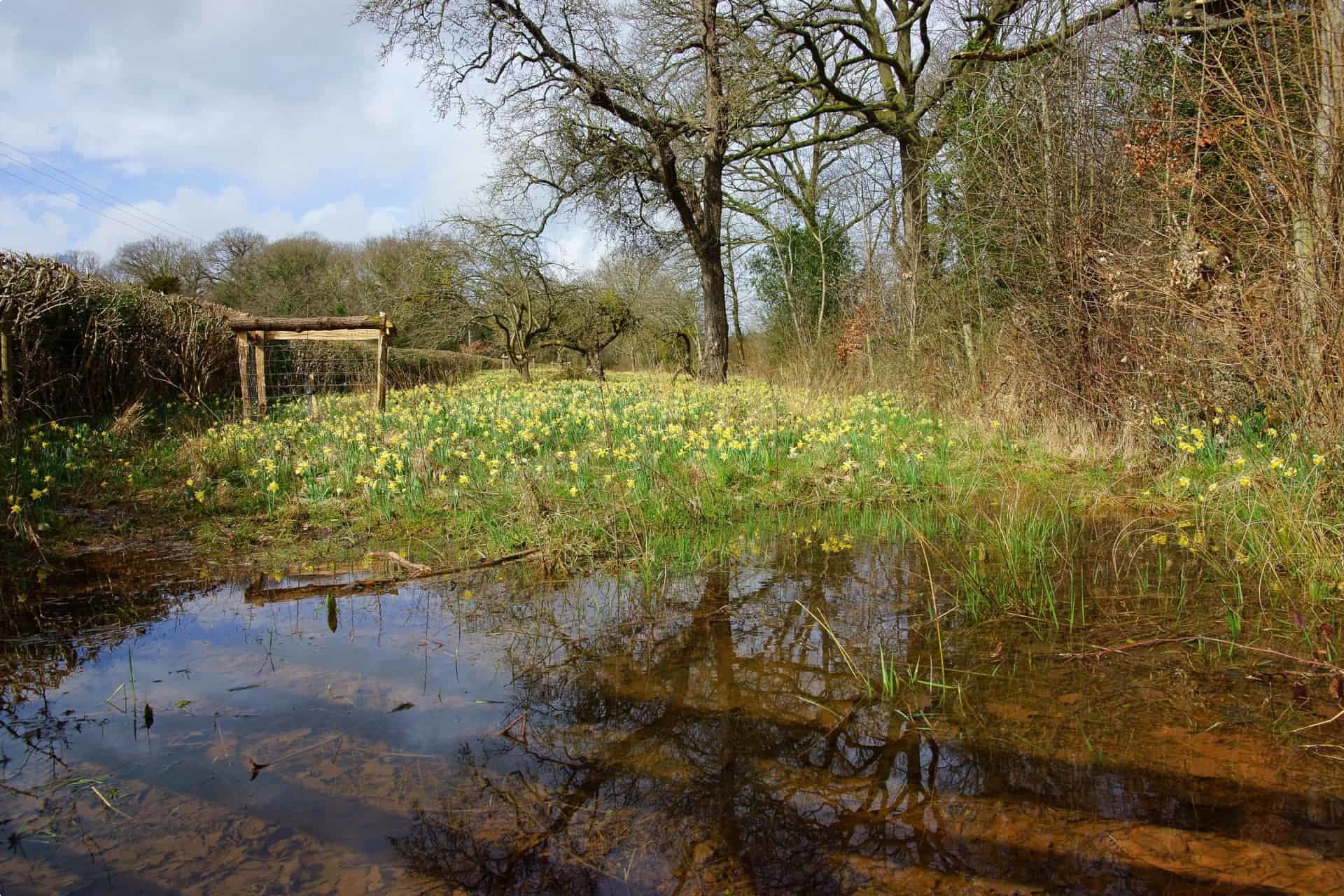
Another Frost poem set in this countryside, and evoking the close friendship between the two men is Iris by Night. It describes the pair being encircled by a rainbow (some say it was technically ‘moonbow’) at the end of a long walk, and is believed to allude to the divine in their having met one another. Thomas refers to this experience too, in his notebook. It details a walk from Leddington to Bromsberrow Heath, Hollybrush and the Castlemorton Common, the British Camp on the Malvern, Eastnor Park and finally to Leddington again.
Similarly, Gibson describes his own beloved Dymock cottage, The Old Nailshop, in several poems. The Golden Room describes an evening in which five of the six men were together (omitting Drinkwater) and captures the local scene and their personalities alike.
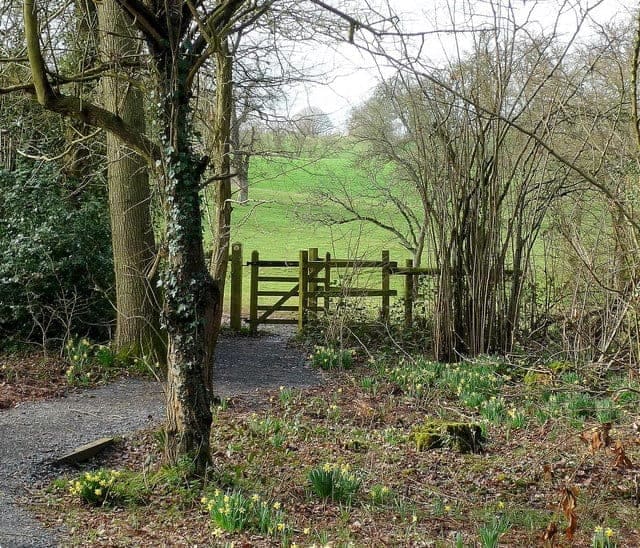
Dymock comes alive with daffodils each year, less so now than they once did. These daffodils also feature in some of Gibson’s poems, including To John Drinkwater. This poem, like others, blames the war for bringing their idyllic time to an end. After war was declared with Germany in 1914, Gibson, Brook and Thomas became soldiers; Abercrombie, unfit for military service, worked in a munitions factory for several years in Liverpool from 1916. Sadly, both Brook and Thomas were killed. Frost and Gibson were deeply affected, dedicating poems to Thomas and Brook, respectively. In the end, Gibson was the last to leave their beloved Dymock. But Abercrombie, arguably the coterie’s central presence, wrote this, years later, in 1932:
“I have lived in a cottage in the daffodil country, and I have, for a time, done what I wanted to do… and I have known what it is to have Wilfrid Gibson and Robert Frost for my neighbours; and John Drinkwater, Rupert Brooke, Edward Thomas, … have drunk my cider, and talkt in my garden. I make no cider now, and I have no garden. But once I lived in Gloucestershire.”
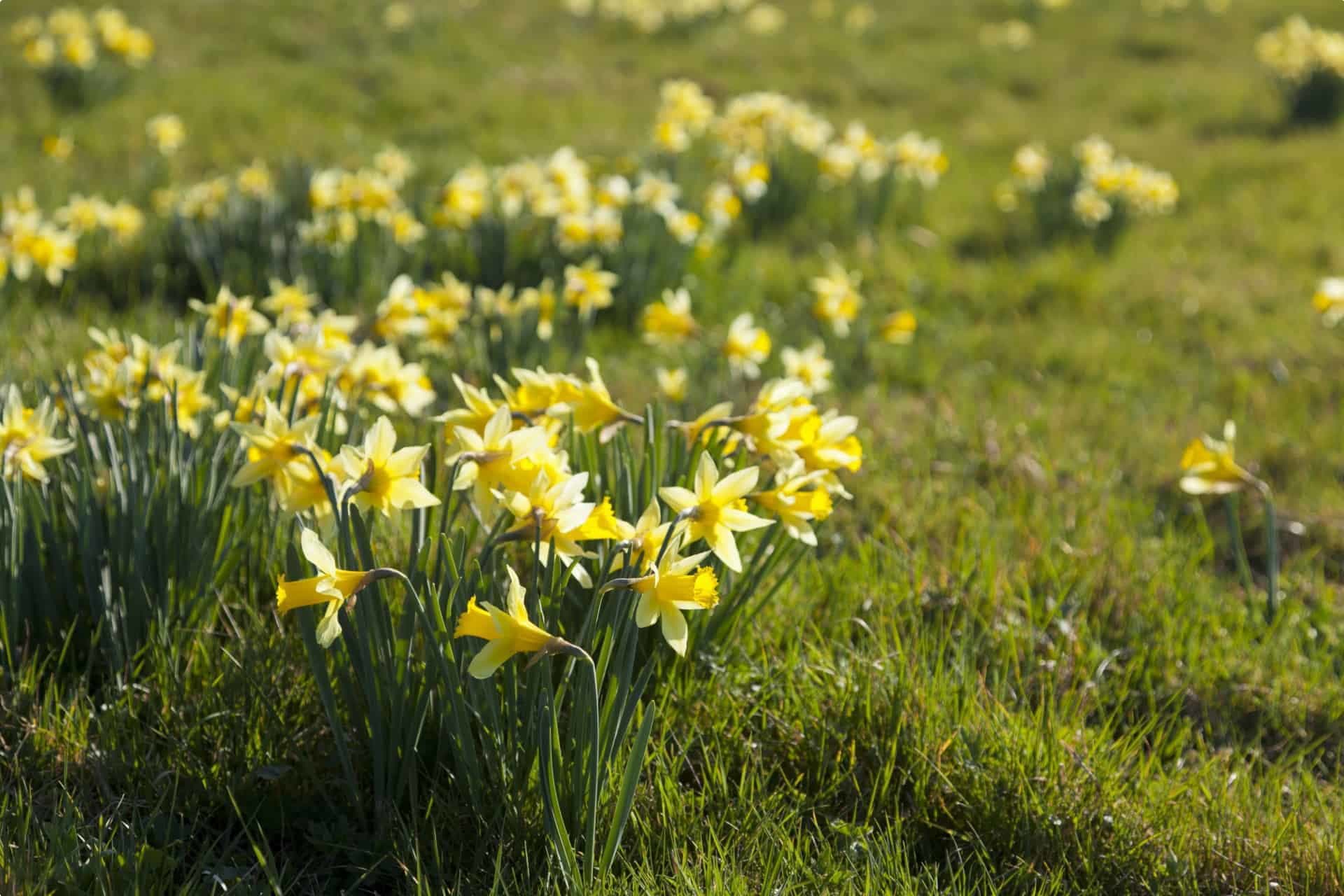
In 1990, a descendant of Edward Thomas opened two, eight mile “poets paths” through Gloucestershire, which pass by the cottages that were so important to this coterie of writers. Both paths follow a figure eight pattern. The first, heading east, includes Abercrombies’ “Gallows”. The second path, to the north, passes Gibson’s “Old Nailshop”, as well as the nearby cottages of Frost and Thomas. These cottages are now all privately owned, but the local maps will alert you to them. It is possible to gain a sense of life here in the early twentieth century, and to experience the landscape that so inspired these enduring poems. If you are interested in learning more about this group of writers, the Friends of the Dymock Poets website is an excellent resource. You might also like to read our article about the landscape that similarly inspired England’s Lake Poets, or our specialised tours based on Art and Literature.
The Dymock poet’s countryside stretches from May Hill in the south – a mysterious and distinctive clump of pine trees atop a hill, to the Malvern hills in the north. So you have the option of extending your walk further afield. And it is still possible to catch a glimpse of Gloucestershire’s famous wild daffodils, which come into bloom in late March and early April.
Blackness Castle to North Queensferry: Scotland
In Scotland, a short walk from Blackness Castle to North Queensferry will have you stepping through time. Blackness Castle was built in the 15th century by the Crichtons, one of the country’s most powerful families. It was fortified during the 16th century, serving as an artillery fortress perched on the south shore of the Firth of Forth. Throughout history, it has also served as a royal castle, a prison, an armaments depot and, more recently, as a film location. A production of Hamlet was shot here in 1990, along with BBC miniseries Ivanhoe and the popular historical series Outlander.
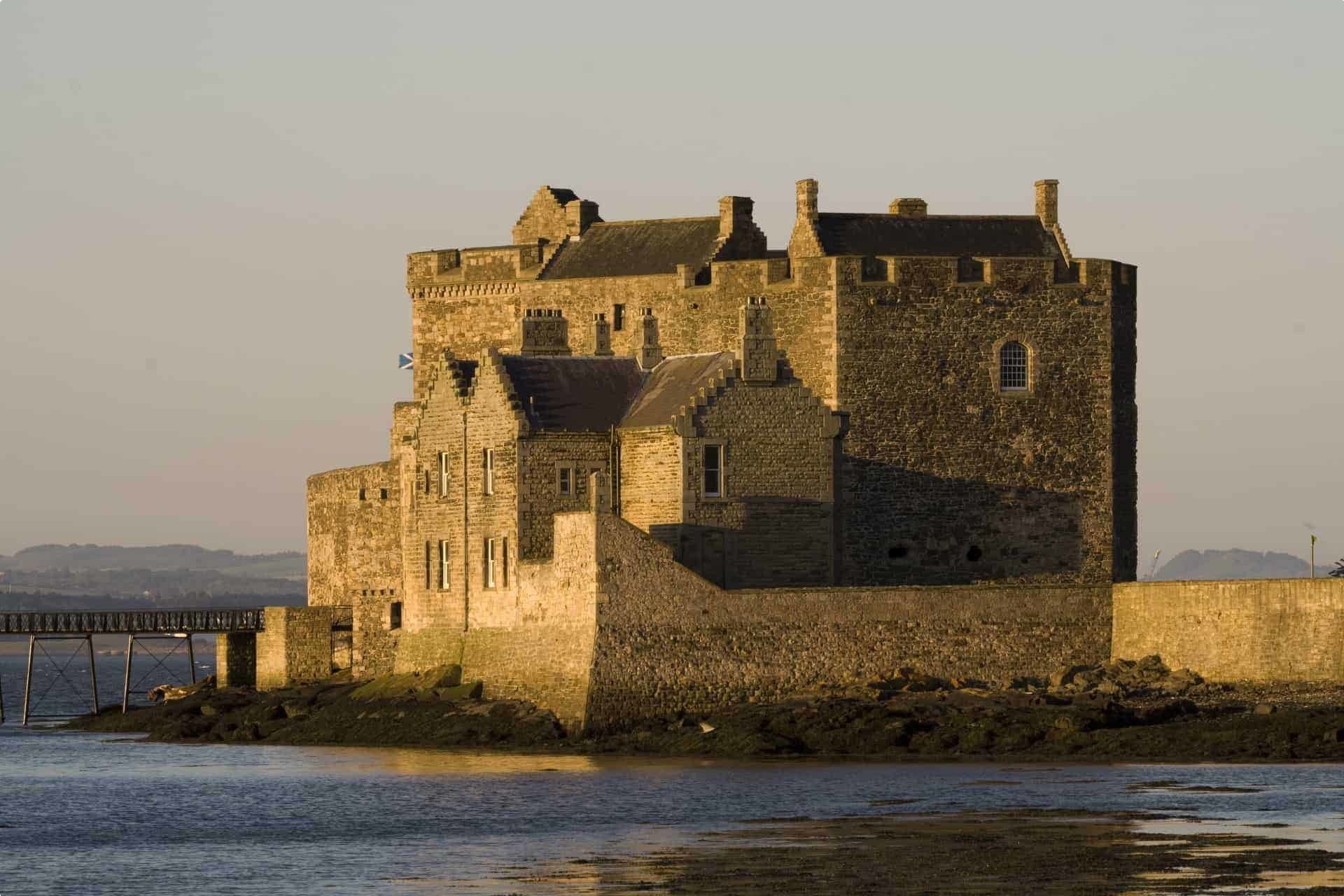
Blackness Castle is affectionately nicknamed “the ship that never sailed” for its resemblance to a sea-worthy vessel. The north and south towers are often called the “stem” and “stern”, and the central tower the “main mast”. It makes for a spectacular starting point to an eleven-kilometre walk that tracks from the estuary into woodland on the banks of the Forth. Follow John Muir Way and you will eventually reach a clearing, as the woodland gives way to the country park of Hopetoun House. This beloved national monument was built in the 1600s, and the present Lord Hopetoun continues to live there with his family. It is stately and majestic – and its interiors offer a well-preserved piece of Georgian-era elegance. Guided tours are occasionally offered – you must inquire with the staff for advice. The exterior alone makes quite an impression, as you continue along towards North Queensferry.

The forth bridges highlight the history of engineering spanning the 19th, 20th and 21st centuries. Queensferry Crossing was the most recent construction. Completed in 2017, it is the longest three-tower, cable-stayed bridge in the world. Forth Road Bridge was developed in the 1950s and 60s, and opened by Queen Elizabeth II. The Forth Bridge is the oldest, and an engineering marvel. It showcases the elegance and strength of 19th century technology. It was the world’s first major steel structure, and for a time, the longest cantilevered bridge. It was restored in 2011 and operates as a major rail crossing, carrying over 200 trains per day. At the bridge’s northern end is North Queensferry, where you can catch a train to Edinburgh. But before you go, check out what this lovely town has to offer, including boat rides across the forth, Deep Sea World (Scotland’s national aquarium) along with some lovely restaurants and pubs.

The Tin Coast: Cornwall
The Tin Coast of Cornwall is dotted with relics of the mining industry, its ruined engine houses and chimneys forever etched into the harsh landscape. Stretching roughly eleven kilometres from Pendeen lighthouse to Cape Cornwall, the coast’s mining history has earned it World Heritage status. The National Trust conserves three main hubs: Botallack, Cape Cornwall, and Levant Mine and Beam Engine. A coastal walk will take you past all three, and highlight how this history continues to reveal itself to walkers along the coast.
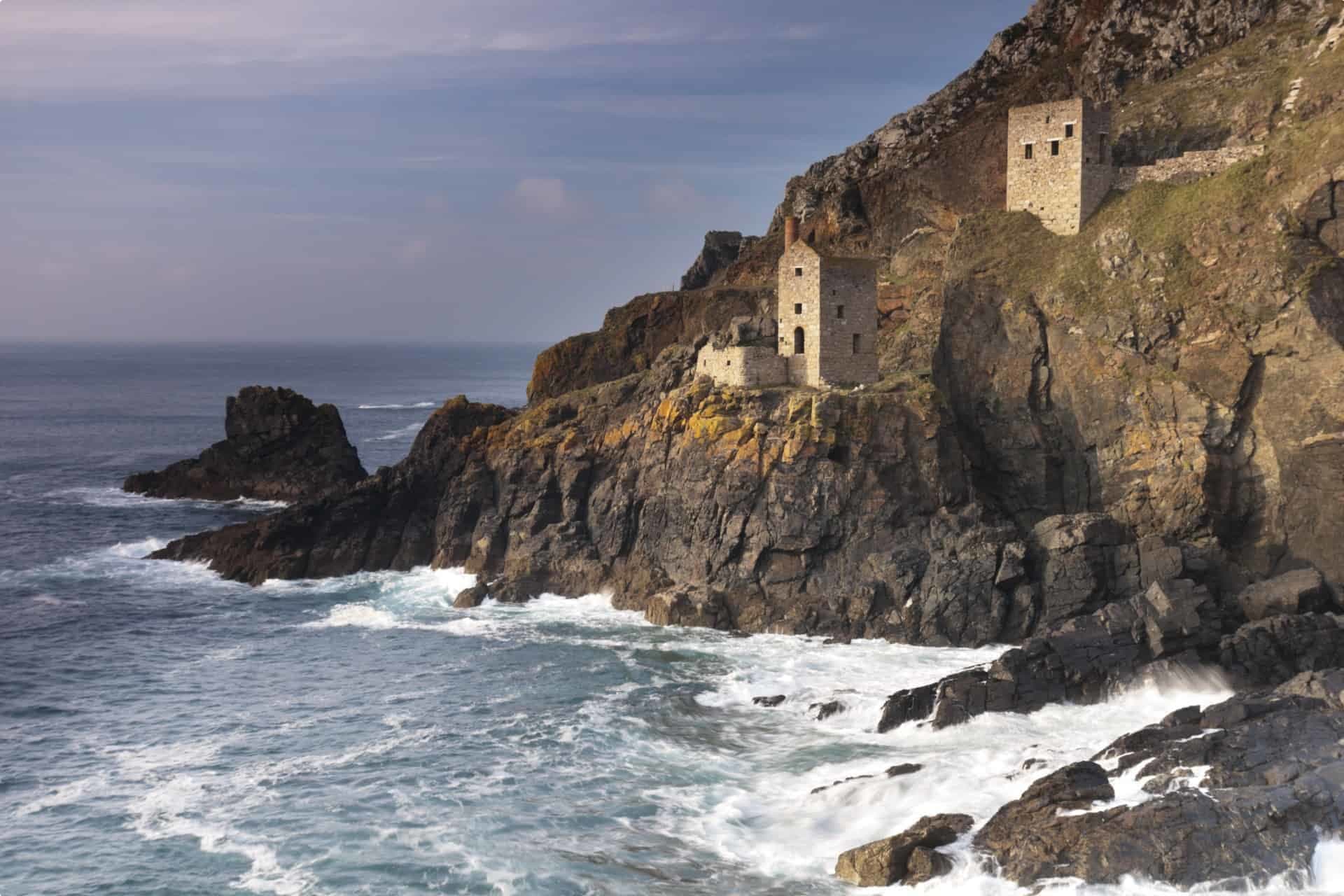
In an article for the UK’s Independent, a former Cornish tin miner details the trade. Unlike the machinery used in coal mining, tin mining was manual and labour intensive. Miners drilled holes into the granite and used dynamite to meticulously extract the metal. They would emerge from long days in the mines stained by red dust, but the pay was good and allowed the nearby communities to flourish.
It is not known precisely when mining started in Cornwall, with historic evidence placing its origins in the Bronze Age. The practice continued throughout the ages, with local miners at the heart of the Cornish Rebellion of 1497. Cornish mining reached its pinnacle during the 19th century, and for a time 600 steam engines powered the industry here. A steady decline began in the mid to late 19th century as mines were established abroad, competing for business. Mining all but ceased here in the 1980s, although there are talks of reigniting the industry once more.
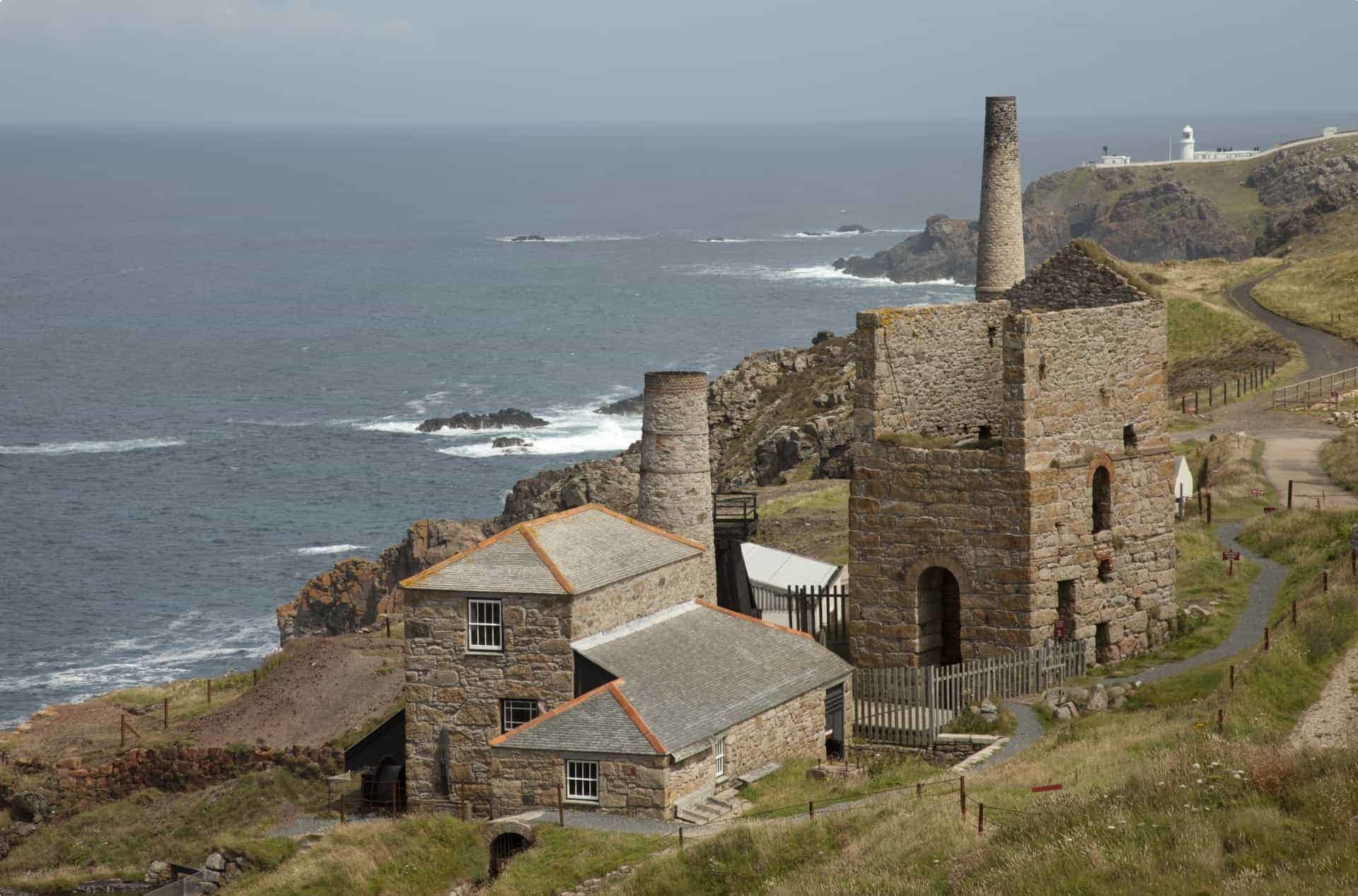
The assets of the land are what enabled people to build communities here, making it a special piece of history about the relationship between nature and culture. Until recently, these mining artefacts were inaccessible, strangled and degraded by an aggressive, introduced species called Japanese knotweed that has the capacity to demolish concrete. Cutting it back only spread the plant further, so the National Trust have led a careful disposal process in which offcuts are treated and removed. This measure is only temporary, however, and the introduction of Japanese plant lice is being considered as a long-term management strategy. Cutting back this plant has allowed greater access to what remains of the mining period , and now these artefacts jut out from the landscape, commanding that we remember Cornwall’s industrial history.
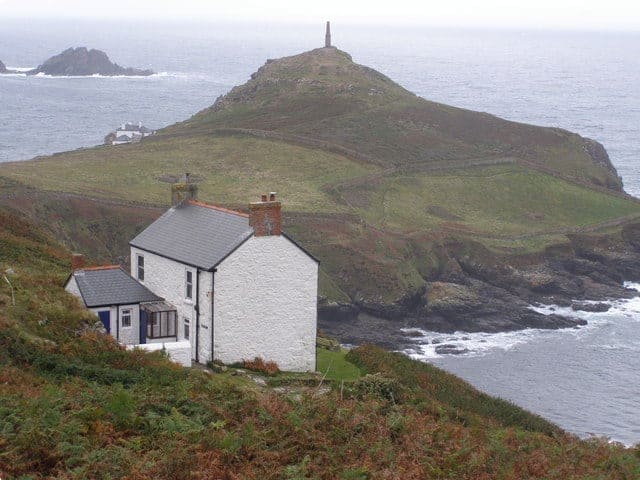
Today, nature and culture have made a peaceful arrangement. Peregrine falcons and cute Cornish choughs now populate the granite cliffs, along with various other species that have reclaimed this once industrious site. Walking here, you will discover how awe-inspiring and peaceful it is. But it is also possible to imagine the flurry of activity that once took place here: dynamite and the din of voices and the whoosh of waterwheels powering the mines, just audible above the crashing of the waves beneath.
Stepping onto the Pilgrims Way: Kent
Pilgrims have tracked a well worn path between Winchester and Canterbury. This historic route leads to Kent’s Canterbury Cathedral, where Saint Thomas Beckett was martyred. Beckett was archbishop of Canterbury from 1162 until 1170. King Henry II hoped to have a supporter in Beckett, but was met instead by the archbishop’s increasing asceticism and insistence on upholding the place of the church. Controversy plagued their relationship, and Henry’s attempts to distance England from Rome were prevented by Beckett. In 1164, the archbishop fled the continent having been charged with contempt of royal authority and malfeasance.
He was finally permitted to return in 1170. But Beckett soon excommunicated three archbishops involved in crowning Henry the Young King (Henry II’s son), and he proceeded to excommunicate all opponents of the church. When the news reached Henry II, he uttered the now famous (if misquoted) words: “Who will rid me of this turbulent priest?” Henry’s followers interpreted this as an instruction, and confronted Beckett in his church. On his refusal to accompany them to Winchester, they took their weapons and killed him on the spot.
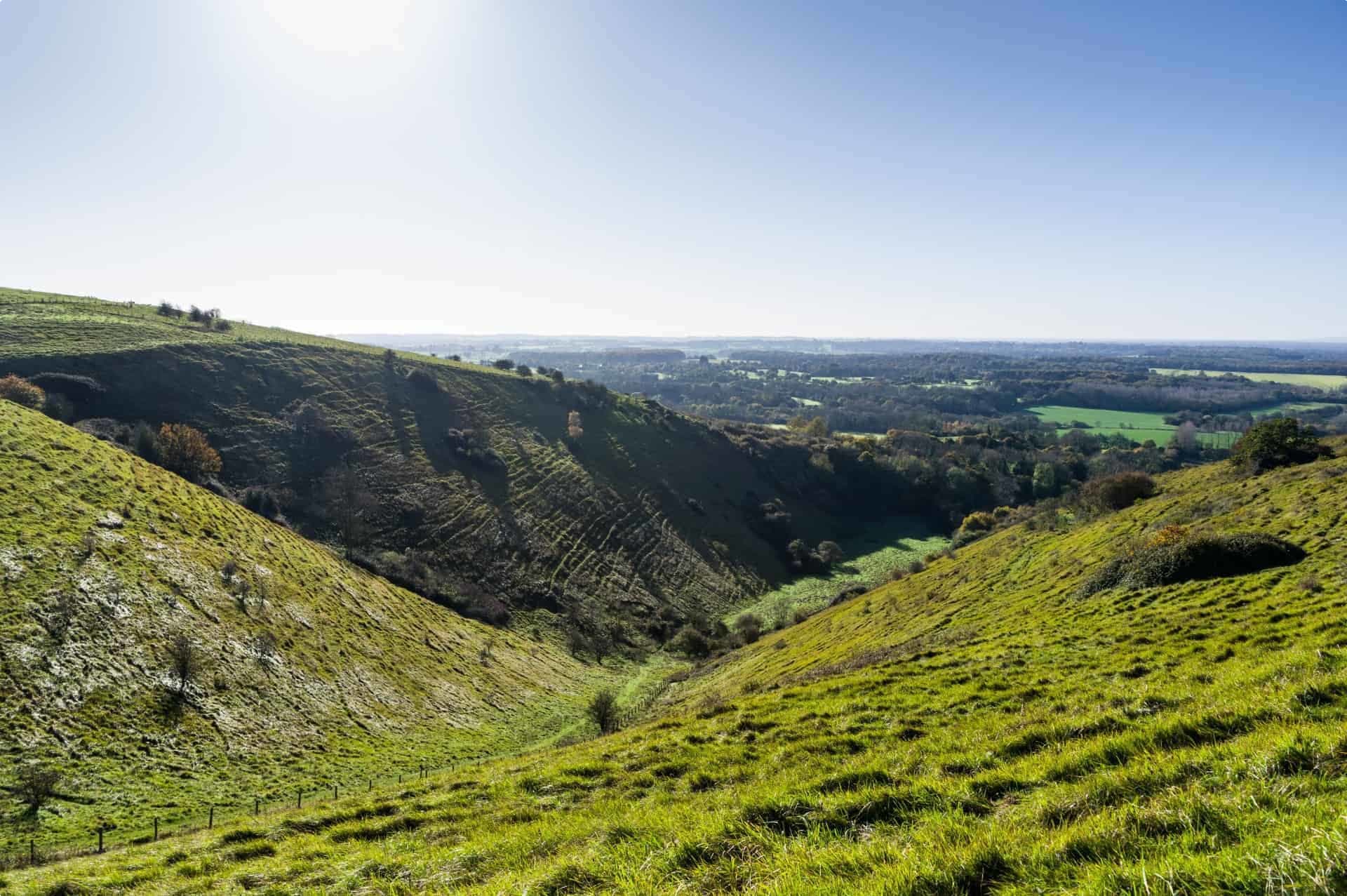
Beckett is venerated as a saint in the Catholic Church and Anglican Communion. Pilgrims track through a major chalk ridge, and through beautiful countryside, past historic churches and villages en route to the Canterbury Cathedral.
The whole walk takes around two weeks, and is technically made up of two separate tracks, St Swithun’s and North Down Ways. It is worthwhile joining even just a portion of the track, and the seven kilometre Wye Downs is a particularly rewarding walk. Some of its terrain is a little challenging, with occasional steep ridges and narrow paths. But with some care, you will be able to access stunning views over the Devil’s Kneading Trough, a famous, steep-sided valley of the Downs. It takes its name for the bowl-shaped appearance of the valley, and on a clear day it is possible to see across Kentish Weald to Romney Marsh and as far as the English Channel. Given that the rest of this countryside is so flat, you might be forgiven for imagining it was the devil’s hand that shaped these hills, especially as you negotiate its steepest points!
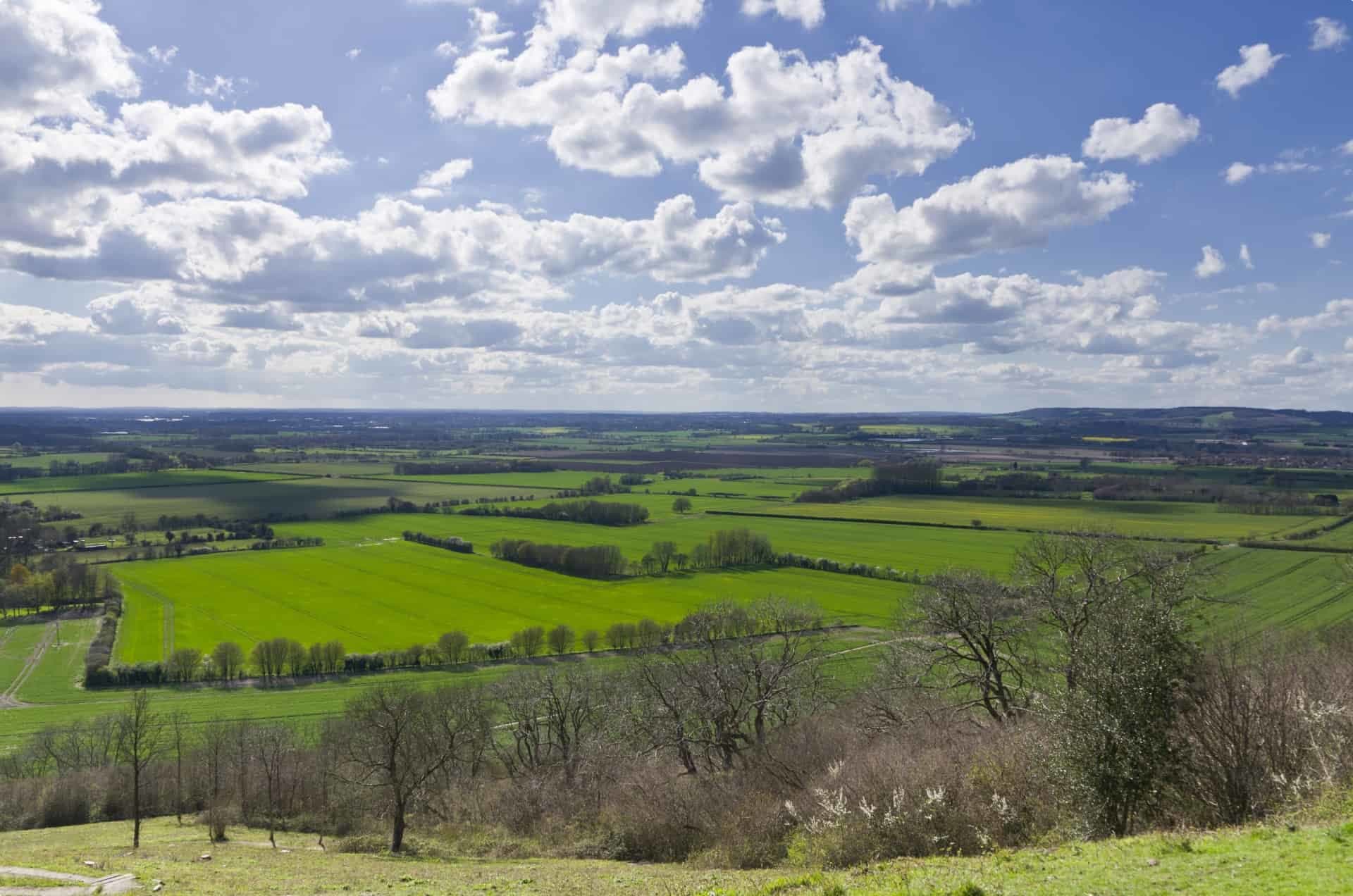
The walk will also take you to pretty Wye village, where you can enjoy some refreshments at one of its lovely old pubs.
Manchester meander
In the space of a six kilometre stroll through Manchester, you can pass through years of this important city’s history. Let the Rochdale Canal guide you through the its fascinating streets. This canal spans 51km in total, running from Manchester to Sowerby Bridge in West Yorkshire. Conceived in 1776, it wasn’t until 1794 that its construction was authorised. It was opened in sections from 1798, until its official opening in 1804. It was built with 92 numbered locks that act as markers. As you walk, take in Manchester’s industrial history.
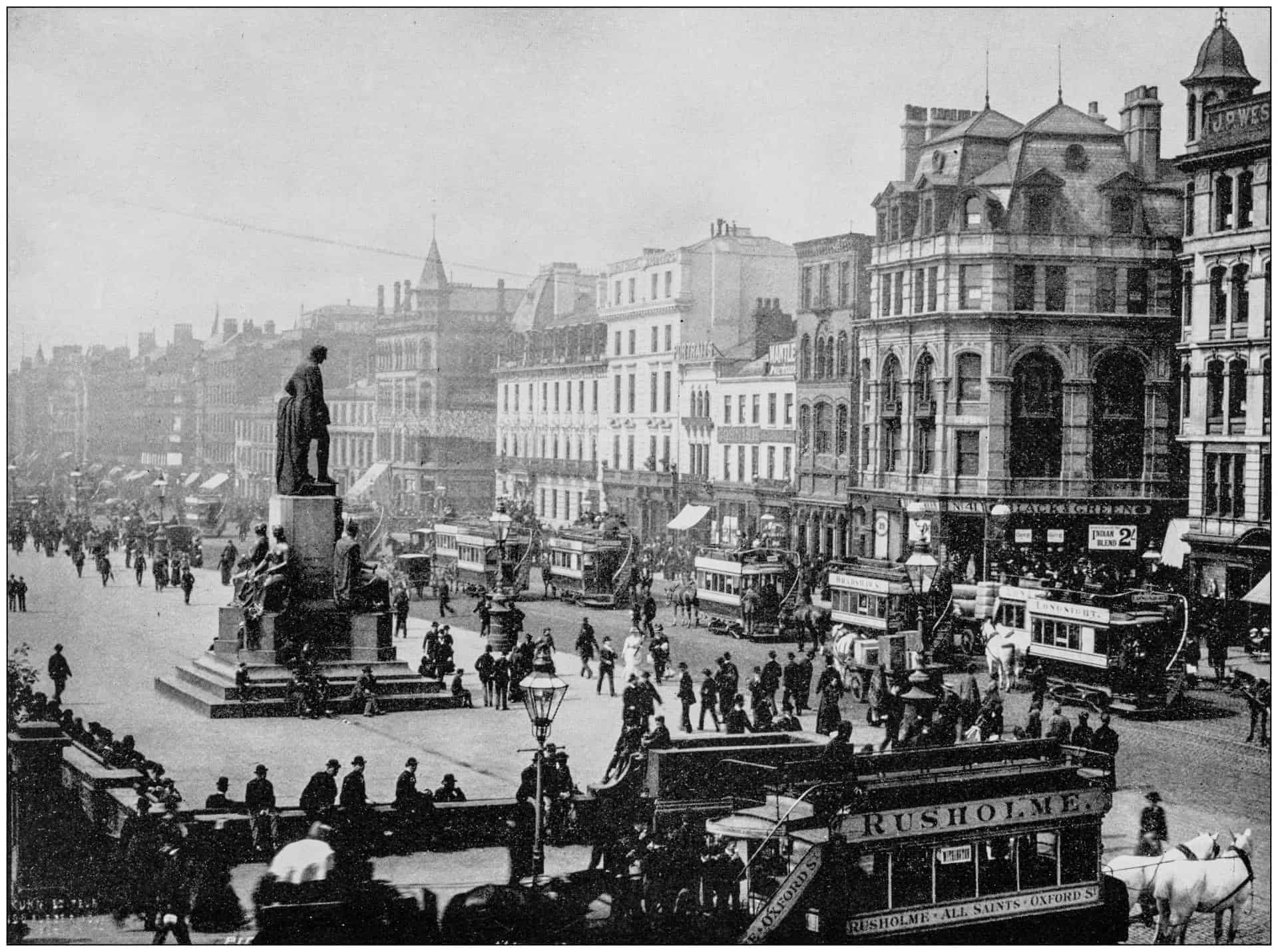
Two enormous cotton mill complexes provide insights into the past. Murray’s Mills were among the world’s first steam powered cotton spinning factories, and named for Scottish cotton spinners Adam and George Murray. The site was originally a complex of six buildings arranged around an open quadrangle, and was a thriving hive of activity before the industry went into decline in the second half of the twentieth century. Royal Mills, on the other hand, was one of the country’s last great cotton mills, and was constructed in 1912 on the site of the former McConnel and Kennedy mills. Both cut impressive sights on Manchester’s horizon.
Beetham Tower is new Manchester: a landmark 47 storey skyscraper completed in 2006. Responses to this building are polarised, with some complaining it destroyed Manchester’s chances of qualifying as a World Heritage City. Others, however, appreciate it as a symbol of Manchester’s post industry reinvention, particularly since the 1996 bombing. Another example of Manchester’s contemporary architecture is the Chips building, an award-winning residential apartment building met by the canals on three sides. It is part of an urban renewal project in the city.

No walking tour through Manchester is complete without a stop at Canal Street. It is a living piece of social history, with a vibrant nightclub scene and an inclusive and flamboyant atmosphere. You might like to grab a bite to eat here, or perhaps you prefer to retire to a slightly more muted part of Manchester! There really is something for everyone here in this underrated destination. If you would like to read more about Manchester’s industrial history, we recently published an article on this city, as well as its curious relationship to bees! We also include a stay in Manchester on our 21-day Queen Victoria’s Great Britain tour.
Tours of Britain and the United Kingdom
Britain offers unrivalled rewards to walkers. Its rolling countryside, historic cities and mild weather make the region seem as though it was made for discovery-on-foot (as long as you can stand a little rain!) Odyssey offers several programs in the British Isles, including England and the ever popular Scotland. You can walk rural Britain, track its industrial history through its canals and railways or agrarian roots, or hop the English Channel for an Anglo-French adventure. Meanwhile, A 13-day walking tour takes you through Wales, while Ireland can be appreciated through its history or experienced via its lush gardens and landscape. Odyssey makes an effort to include spots that are off the beaten track – this is part of our commitment to responsible tourism. We also schedule free time, and the opportunity to pursue your own special interests, like a short walk similar to those above.
About Odyssey Traveller
Odyssey Traveller is famous for our small groups, and we average eight participants per tour. Our maximum group size is eighteen people, which ensures quality, flexibility and care that is tailored to our clients. We specialise in small group tours for the senior traveller who is seeking adventure or is curious about the world we live in. Typically, our clients begin travelling with us from their mid 50’s onward. But be prepared to meet fellow travellers in their 80s and beyond! Both couples and solo travellers are very welcome on our tours.

Odyssey Traveller is committed to charitable activities that support the environment and cultural development of Australian and New Zealand communities. Accordingly, we are pleased to announce that since 2012, Odyssey has been awarding $10,000 Equity & Merit Cash Scholarships each year. We award scholarships on the basis of academic performance and demonstrated financial need. We award at least one scholarship per year. We’re supported through our educational travel programs, and your participation helps Odyssey achieve its goals.
For more information on Odyssey Traveller and our educational small group tours, visit our website. Alternatively, please call or send an email. We’d love to hear from you!
Related Tours
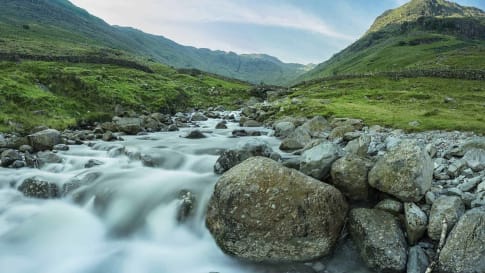
25 days
AugIreland and Lake District walking small group tour
Visiting England, Ireland
A guided small group tour for senior walkers that starts in the capital of Ireland, Dublin. This escorted tour with local guides also explores the Giant's causeway, a UNESCO World heritage site. It transfers from Ireland to Scotland to head to walk in the National park of the Lake district.
From A$14,850 AUD
View Tour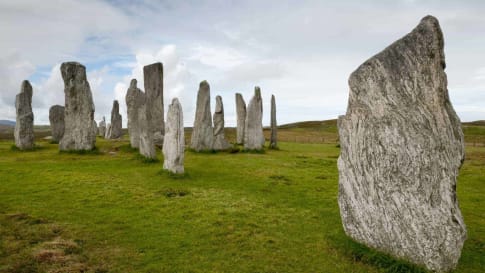
21 days
AugPrehistoric Britain small group history tour including standing stones
Visiting England, Scotland
This guided tour invites you to explore UNESCO World heritage sites at Skara Brae in the Orkneys, Isle of Skye, and Stonehenge in a prehistoric tour. This escorted tour has trips to key sites in Scotland, and the Irish sea in Wales such as Gower Peninsula and National Museum in Cardiff and England. Each day tour is supported by local guides.
From A$16,750 AUD
View Tour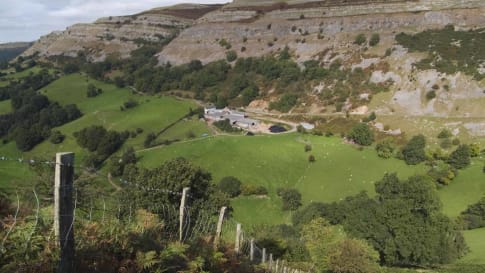
20 days
May, Sep, JunWalking Ancient Britain
Visiting England
A walking tour of England & the border of Wales. Explore on foot UNESCO World Heritage sites, Neolithic, Bronze age and Roman landscapes and the occasional Norman castle on your journey. Your tour director and tour guide walk you through the Brecon beacons, the Cotswolds and Welsh borders on this small group tour.
From A$13,995 AUD
View Tour
22 days
Sep, JunRural Britain | Walking Small Group Tour
Visiting England, Scotland
A walking tour into England, Scotland and Wales provides small group journeys with breathtaking scenery to destinations such as Snowdonia national park , the UNESCO world heritage site Hadrians wall and the lake district. each day tour provides authentic experiences often off the beaten path from our local guides.
From A$15,880 AUD
View Tour

